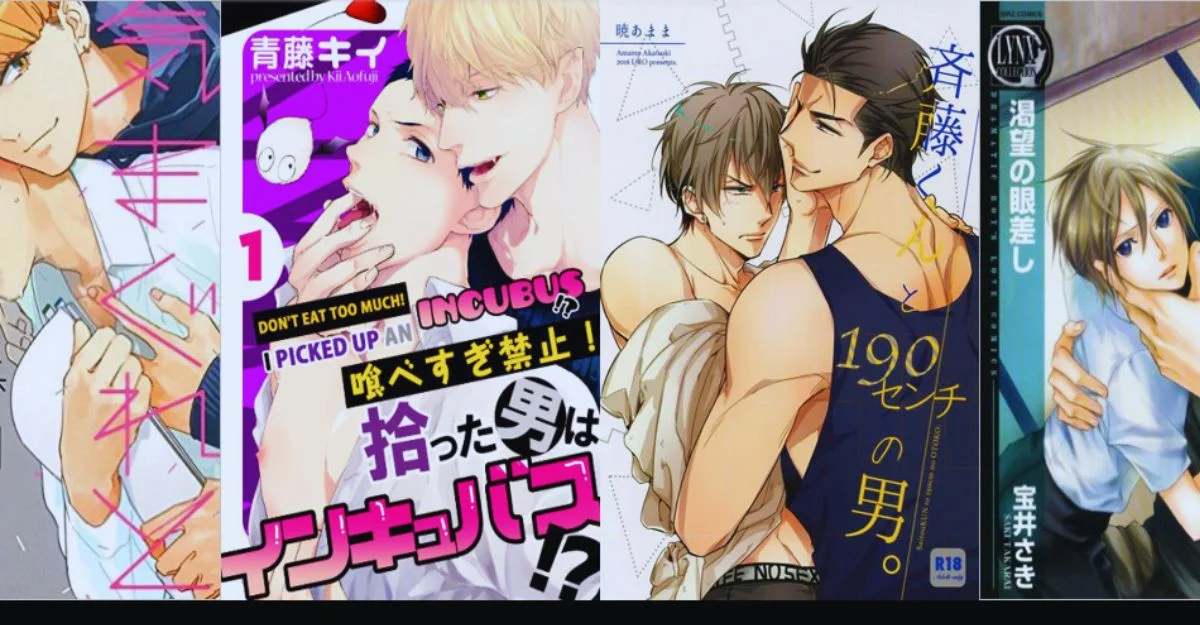Boys’ Love (BL) and yaoi are two interrelated at this point unmistakable subgenres of narrating that begin from Japan and have acquired critical notoriety around the world. These types place on heartfelt and close to home connections between male characters, frequently mixing components of adoration, show, and sensuality. To completely see the value in the social and creative components of BL Yaoi, one should investigate its starting points, subjects, figures of speech, crowd, and cultural effect. This article dives profoundly into the subtleties of BL yaoi, offering a sagacious aide for aficionados and rookies the same.
Origins and Evolution of BL Yaoi
Historical Context
The roots of BL and yaoi trace back to the 1970s in Japan, when female manga artists, collectively known as the Year 24 Group, began experimenting with homoerotic themes in their works. Titles like Kaze to Ki no Uta by Keiko Takemiya and Thomas no Shinzou by Moto Hagio set the foundation for what would later evolve into the BL genre.
Distinction Between BL and Yaoi
While the terms “BL” and “yaoi” are often used interchangeably, they have nuanced differences:
- Boys’ Love (BL): A broader category that includes stories of varying intensity and focuses on emotional and romantic relationships.
- Yaoi: A subset of BL, often characterized by more explicit sexual content and less focus on plot. The term “yaoi” itself is an acronym for “Yama nashi, ochi nashi, imi nashi” (no climax, no punchline, no meaning), reflecting its initial emphasis on sensuality over storyline.
Themes and Tropes in BL Yaoi
Themes
BL yaoi explores universal themes of love, identity, and personal growth, often portraying these through the lens of male-male relationships. Common themes include:
- Forbidden Love: Relationships that defy societal norms or expectations.
- Coming of Age: Characters navigating the complexities of identity and desire.
- Power Dynamics: Interactions between characters with differing levels of social, emotional, or physical power.
Popular Tropes
BL yaoi has its share of recurring tropes that contribute to its charm:
- Seme and Uke Dynamics: The dominant partner (seme) and submissive partner (uke) dynamic is a staple of the genre.
- Opposites Attract: Relationships between characters with contrasting personalities, such as a cold, aloof seme and a warm, bubbly uke.
- Angst and Drama: Stories often feature emotional turmoil, misunderstandings, and struggles for acceptance.
Artistic and Narrative Styles
Visual Aesthetics
The art style in BL yaoi often emphasizes beauty and elegance. Characters are frequently drawn with:
- Slender Frames: Reflecting idealized forms of masculinity.
- Expressive Features: Highlighting emotional depth and intensity.
- Romantic Imagery: Soft lighting, floral motifs, and close-ups are used to enhance intimacy.
Storytelling Approaches
From light-hearted comedies to intense dramas, BL yaoi narratives vary widely. Some focus on slice-of-life scenarios, while others delve into historical, fantasy, or sci-fi settings.
Audience and Cultural Impact
Target Demographics
BL yaoi is predominantly created by women for a female audience, though its appeal has grown to include male fans and members of the LGBTQ+ community. The genre offers a safe space for exploring themes of love and sexuality without direct societal judgment.
Global Influence
In recent years, BL yaoi has transcended its Japanese origins to become a global phenomenon. Countries such as South Korea, China, and Thailand have developed their own interpretations of BL through dramas, webtoons, and novels.
Criticism and Controversy
While BL yaoi enjoys a dedicated fanbase, it is not without its critics:
- Idealization of Gay Relationships: Some argue that BL yaoi presents overly romanticized or unrealistic portrayals of male-male relationships.
- Problematic Tropes: Elements such as non-consensual encounters or rigid seme-uke roles have sparked debates about the genre’s impact on societal attitudes.
- Exclusivity: Critics highlight the limited representation of diverse sexual orientations and gender identities within the genre.
BL Yaoi in Popular Media
Manga and Anime
Classic and contemporary BL manga and anime, such as Junjou Romantica, Sekaiichi Hatsukoi, and Given, have become iconic within the genre. These stories often combine heartfelt romance with engaging narratives.
Live-Action Adaptations
The rise of BL dramas, particularly in Thailand (e.g., SOTUS: The Series and 2gether: The Series), has brought the genre to mainstream audiences.
The Appeal of BL Yaoi
Escapism
BL yaoi provides a space for readers to escape into a world where love triumphs over societal constraints, offering emotional catharsis and joy.
Exploration of Themes
The genre allows fans to explore complex themes of love, identity, and power dynamics in a way that resonates deeply with personal experiences and fantasies.
Future of BL Yaoi
As cultural perspectives toward orientation and sexuality advance, BL yaoi is additionally going through huge change. There is a developing push for additional different portrayals and practical depictions of LGBTQ+ encounters. Furthermore, the rising accessibility of BL content through streaming stages and computerized media guarantees its proceeded with worldwide reach.
Conclusion
BL yaoi is a rich and diverse kind that has charmed crowds overall through its convincing stories, creative excellence, and close to home profundity. Regardless of its contentions, it stays a strong vehicle for investigating topics of affection and personality. Whether you’re a carefully prepared fan or an inquisitive novice, plunging into the universe of BL yaoi guarantees an extraordinary excursion into the intricacies of human association.

